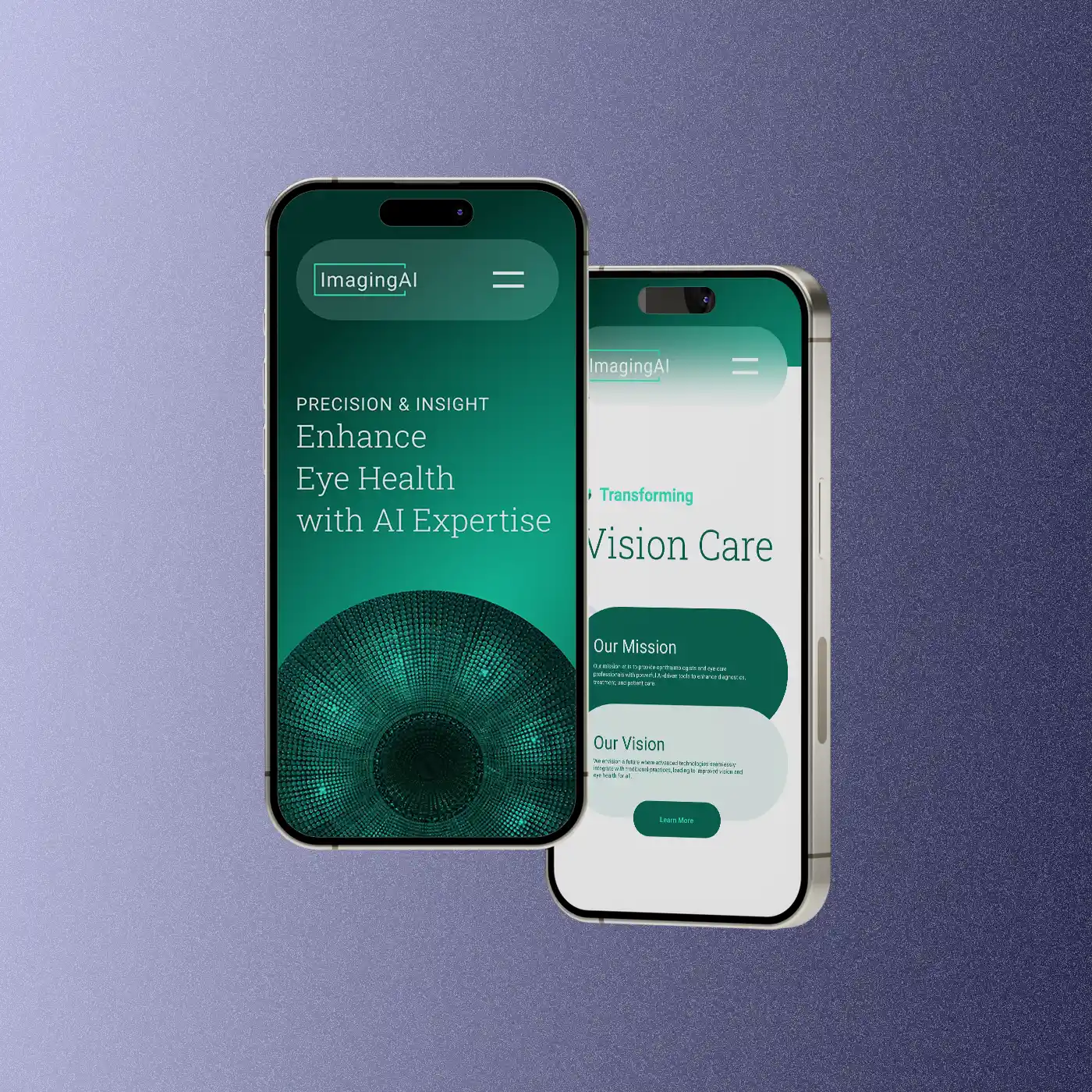Agency Influence: Generating The Next Market Disruption
Innovation, disruption, a game-changing idea. These are the goals that most clients who work with a creative agency see as the desired result. Requiring collaboration, communication, respect, and mutual understanding – creating the next ‘big idea’ is a process that must be led by a positive client-agency relationship.
Creative agencies, on the whole – have a great deal of pressure to churn out work that will make huge changes for a brand. In essence, however – this is the core of working with a creative team of seasoned professionals with the experience to draw from. Today, the role of creative agencies is an effective and often essential component for a brand to break into a market and express their point of view in a targeted campaign.

The Secret to Success
The ‘big (disruptive) idea’ is a problem solved. In this case, both the brand and agency must intimately understand the customer, their needs, and expectations. The statement and supporting campaign must tap into data and insights that reflect the brand’s vision. The resulting idea must resonate and capture the audience’s attention, driving to conversion as a result of the solution being offered.
Brand Knowledge
A brand and the agency fully collaborate on the creation, production, and distribution of the idea, — acting as co-creators. It’s often a challenge for brands to understand that an outside agency can grasp their brand perhaps even better than those on the inside. Internal teams can get bogged down in the details of operations that the overall view and bigger picture gets blurry. Agencies who work to understand the brand inside and out can come to the table with a fresh perspective and an unbiased approach. A brand must equip the creative team with all essential assets and relevant insights, while the agency must perform competitive analysis and market research on the landscape of the brand within its market.
Idea Generation
After the initial kickoff and strategy overview, the agency team must come to the table with clearly presented campaign ideas in an easily understandable and shareable format. The first versioning should be able to be retold to other stakeholders in an easy manner that can be simply reviewed and feedback quickly given. Despite most campaigns being multi-layered, a clear, resonant, and exacting “big idea” should be expressly communicated in the early stages of campaign development.
Related Articles
The Importance of Grids in Design
July 12, 2024
Design Systems and AI Technology
April 9, 2024



